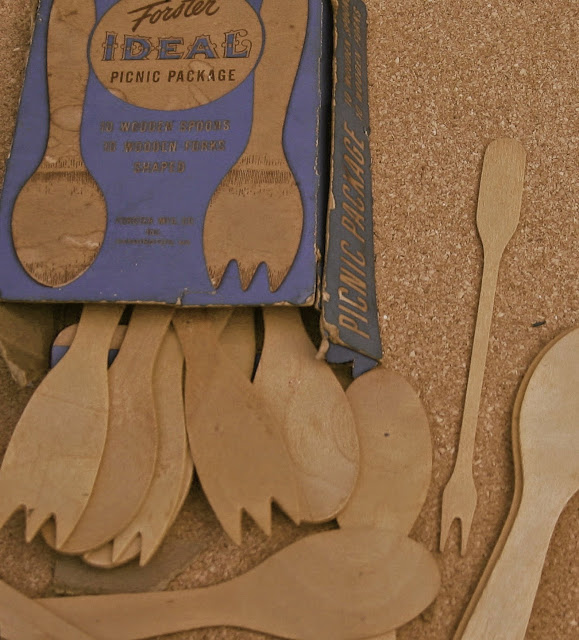 |
| The oft quoted, Lord Chesterfield, was Philip Dormer Stanhope, the 4th Earl of Chesterfield. An acclaimed wit and admired man of his day, the British statesman was a diplomat and a scholar. |
The Manners of a People
ARE the American people impolite? This is a question often asked by travelers, who, coming in contact with the people of other and older nations, are tempted to draw comparisons not always favorable to the American people. Doubtless the older section of the world are better behaved than the newer communities. This is true in our own country, but it does not follow that where men are better behaved they are more virtuous.
It is a rule, but not without its exceptions, that manners indicate the man. They are the thermometer of character, the outward expression of the moral nature, but sometimes, as Emerson says, “they form at last a rich varnish with which the routine of life is washed, and its details adorned.”
The strongest type of American has the poorest manners. He is not your well-dressed New Yorker, nor your pretty Philadelphian, but the robust man of the Western plains, uncultivated but rugged; not refined as to expression in social life, but with a big, warm, manly heart. He is as manly as the swift pony he rides. However, it is well to hold to the general rule that the manners of a people reflect the spirit and character of that people.
A scholar may or may not be refined. Some scholarship is like raw sugar — it has never gone through the refining process. Once I took tea with one of the great men of the world. Fancy my surprise when he poured his tea into the saucer and supped it up like a child. That little act illustrated his character and gave me entrance into a strangely mixed personality.
The basis of good manners is character which has been touched with culture. Chesterfield somewhere writes: “As learning honor, virtue is absolutely necessary to gain you the esteem and admiration of mankind, politeness and good breeding are equally necessary to make you welcome and agreeable in conversation and common life.”
Politeness to the English people is a custom. Because it is a custom, it sometimes loses its influence. The barber furnishes his shave and the waitress her service with a conventional but certainly effective, “Thank you.” If you were to strike a cockney on the nose he would probably reply with a, “Thank you.”
Naturally it was an Englishman Who said of Christ: “He was the first true gentleman that ever lived.” Politeness is kindness of manner; it is art and religion in one. It was Goldsmith who said of Johnson that he had nothing of the bear about him but his skin. To be a gentleman is to be a Christian, for manners are simply the character turned inside out.
The manners of a people may be seen in the individual, in the toothpick man, the spitting man, the streetcar monopolist, the table pig, the man who never behaves in public places, whether in a hotel or a church. It may be seen in the fellow who easily loses his temper and “sasses back” in the many painful evidences of a lack of self-reliance and self-control. It may be seen in the ill breeding of women who are ignorant of taste in dress and in the social expressions of real intelligence.
“Ladyhood is an emanation from the heart subtilized by nature.” To hear a pretty girl laugh and talk with painful loudness, to see the evidences of vulgarity in dress and manner, is to lead to the conviction that training in behavior was neglected in the home, or the school, or the social circle. Behavior has to do not only with society, but with life. It is just as necessary to be polite in business as it is in society. Many a man is a bear in the one and a Chesterfield in the other.
Quoting Emerson again: “The highest compact we can make with our fellow is, ‘Let there be truth between us two forevermore. Our culture will be open to the charge of superficiality until it permeates behavior in the drawing-room, the streetcar, the theater, the funeral, the wedding and business.’”
Worship itself is behavior. It is being polite to God. It is a proper behavior in the presence of the Eternal. The first school of politeness is the home; It is a question whether children who are impolite at home will ever be trained in grace of courtesy outside of the home.
I plead, then, for the cultivation of a courtesy which smoothes down the wrinkles of business turmoil, oils the machinery of trade and helps men to live together as brethren, not as beasts. I plead for the old, simple virtues of the lady and gentleman, not for elaborate adornment and superficial culture, but for the genuine cultivation of the true, moral nature expressed in manners, both gracious and good. Such a culture is not like the polish on the shoe, but like the gleam of a precious stone struck through and through with an arrow of silver light. – By Reverend William Rader for the San Francisco Call, 1904
🍽Etiquette Enthusiast, Maura J. Graber, is the Site Editor for the Etiquipedia© Etiquette Encyclopedia






















